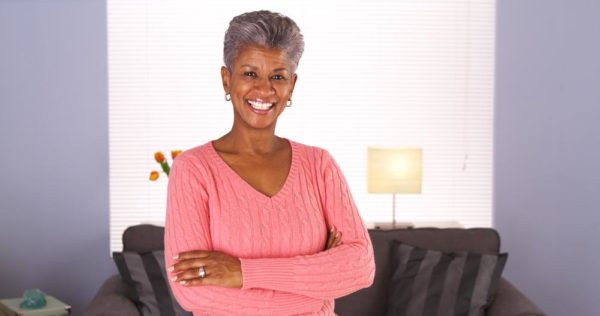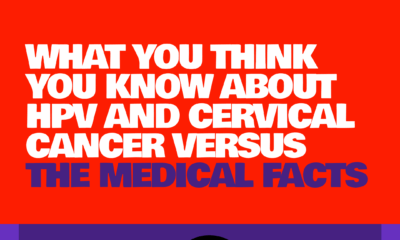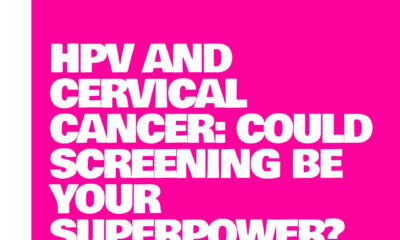Features
Tolu Ajiboye: All About Osteoporosis
 Osteoporosis is a medical condition that makes the bones become brittle, fragile and more likely to break. Worldwide, it causes about 8.9 million fractures every year. One in three women over the age of 50 will experience fractures related to osteoporosis as will one in five men over 50 too.
Osteoporosis is a medical condition that makes the bones become brittle, fragile and more likely to break. Worldwide, it causes about 8.9 million fractures every year. One in three women over the age of 50 will experience fractures related to osteoporosis as will one in five men over 50 too.
Causes
As a child, your bones grow and repair themselves rapidly, but this process slows down with age. Bone density starts to decrease at the age of 35. While it is a perfectly normal ageing process to lose bone, it can sometimes lead to osteoporosis when the bone density is lost faster than normal and a higher risk of fractures. Older women also lose bone quickly during the first few years of menopause making them more at risk than men because the oestrogen they are losing is essential for healthy bones.
There are other factors that increase your chances of developing osteoporosis such as:
- A family history of osteoporosis
- Body frame or size: People with small frames have higher chances of developing it, because they have less bone mass to draw from as they age.
- Living a sedentary lifestyle
- Inflammatory conditions like Crohns disease and rheumatoid arthritis
- Heavy drinking and smoking
- Hormone-related conditions such as hyperthyroidism, hyperparathyroidism and pituitary gland disorders.
- A body mass index of less than 19
Symptoms
Once your bones have been weakened, you may experience the following:
- Back pain caused by a fractured or collapsed vertebra
- Continuous loss of height over time
- Increased ease with which bone fractures occur
- A stooped or hunched posture
Treatment
Screening for osteoporosis is recommended for all women by the age of 65 and for men by the age of 70. A formal diagnosis is based on the results of a mineral bone density scan. Treatment of this condition and medication needed will also be based on sex, age, previous injury history and your risk of fracture.
Living with Osteoporosis
Just because you’ve been diagnosed with osteoporosis doesn’t mean you will definitely have a fracture. There are certain things you can do to prevent this:
Check around your home for potential hazards. Things you may trip over, such as trailing wires and cables, should be put out of the way. Make sure all rugs and carpets are secured properly.
Place rubber mats in bathrooms, by the sink and in the tub and all other places that are likely to be wet or slippery to prevent slipping.
Make sure that the lighting in every room is sufficient and not dim.
Have regular sight tests done even if you wear glasses.
Regular exercise helps us to maintain muscle strength, improve coordination, balance and bone strength. All these factors help to prevent falls and fractures. You should always check with your doctor before beginning any regular exercise routine.
You should make sure to eat a balanced diet so that your body will have all the nutrients it needs.
Photo Credit: Rocketclips, Inc. | Dreamstime.com























